- Full Course Content
- Access to Private Support Forum
- API Source Codes & Projects
- All Future Updates
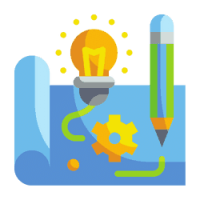
Module 1 – Introduction
Explore the basics of APIs and delve into the API business blueprint.
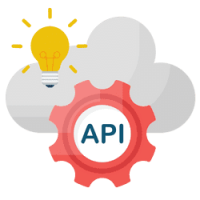
Module 1 – Introduction
Explore the basics of APIs and delve into the API business blueprint.
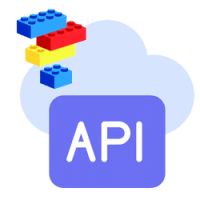
Module 3 – Create APIs Fast!
Discover how to swiftly build APIs using AI and no-code inspirations.

Module 4 – Hosting APIs
Learn the art of hosting APIs across various platforms seamlessly.
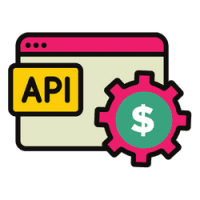
Module 5 – Publishing APIs
Learn the simple steps to publish and start selling your APIs.

Module 6 – Marketing APIs
Dive into a mini-course focused on effectively marketing your APIs.
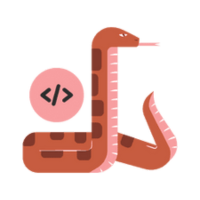
Module 7 – Learn Python!
Learn Python basics to start building APIs yourself.
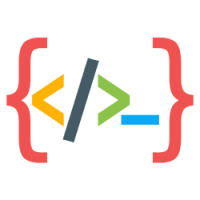
Module 8 – API Projects
Explore advanced API projects and access their source codes.
Requirements
This course is designed for beginners, covering concepts from the ground base. Yes, a little bit of technical knowledge may help you, but it is not a must.
Don’t worry if you’re a complete beginner! We are dedicated to helping you at every step. You can always reach out to us on the course forum for any help you might need.
What You’ll Need:
- Most Important: Your excitement and willingness to learn.
- Equipment: A Computer with an Internet connection.
Frequently Asked Questions
Have more questions?
If you need further clarification, email us at [email protected].
Please note that generally reply within the first 24-48 hours.


